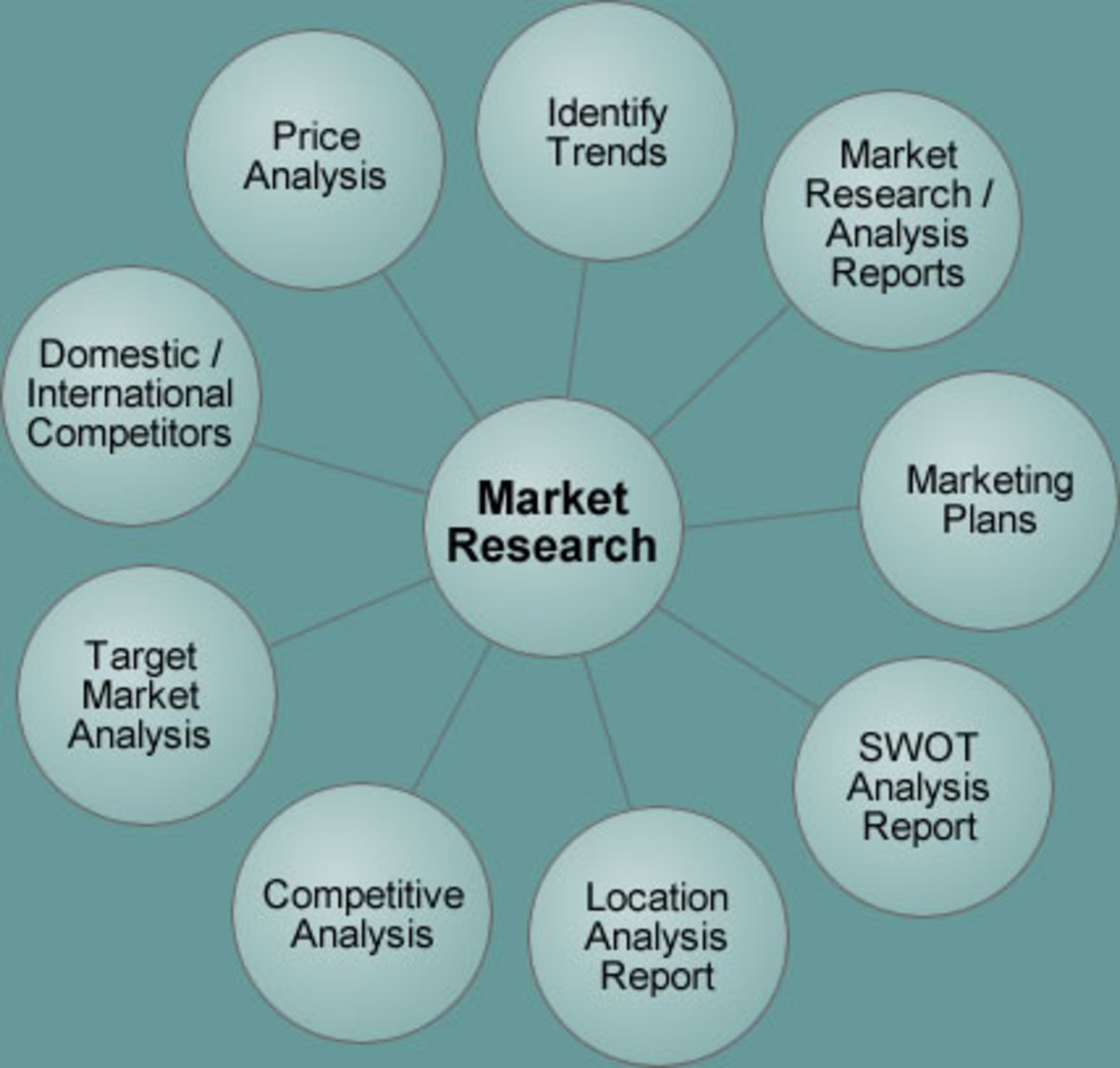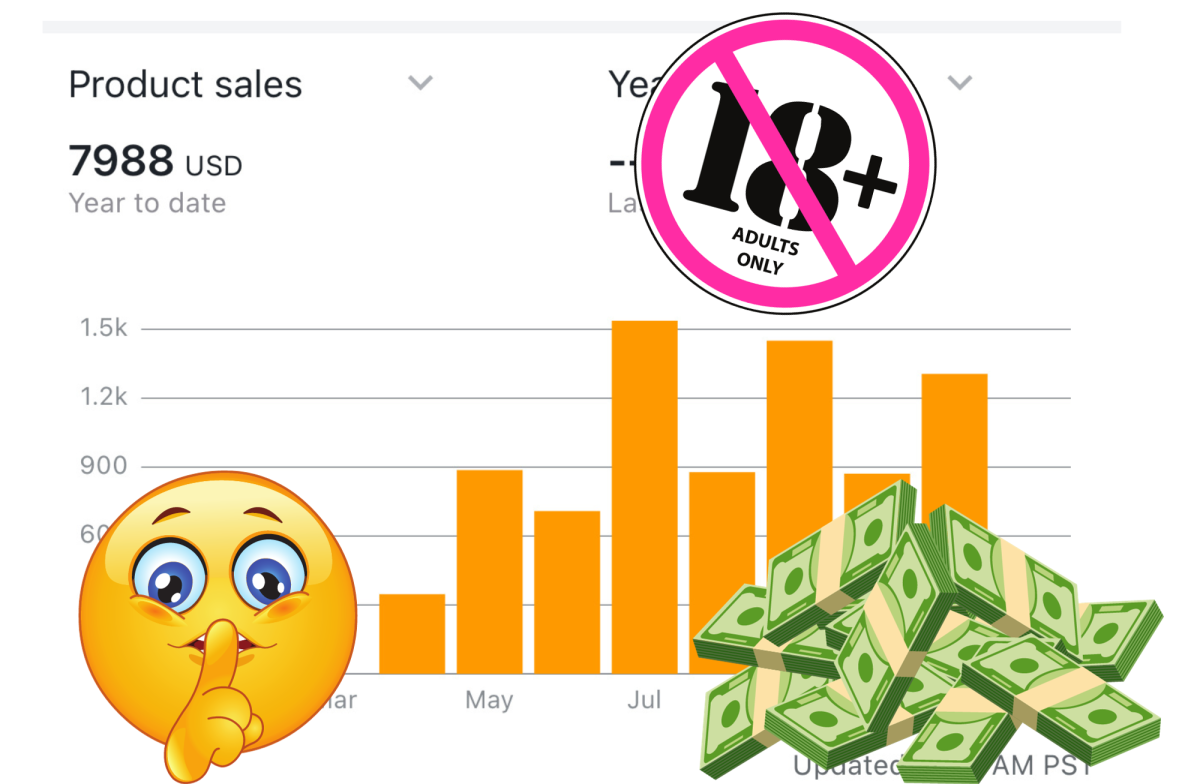Compiling a Quality Index for the Business

Benefits of compiling a Quality Index
Every business needs to stand out from its competitors and quality of products and services can help to do this. The business needs a way of measuring the quality of its performance and this is why a quality index is important. For every business the key performance indicators may be different and the quality index is only useful if the correct key performance indicators are given sufficient weight in the computation. Every business, not only manufacturers, can use a quality index and some of the most important considerations are covered in this summary.
Why Calculate a Quality Index?
Every business aims for quality in its products and services but measuring the extent to which this aim has been achieved is not an exact science. Quality is an elusive attribute that is related to the use of the most suitable materials, provision of the best possible service and taking the right amount of time and care to ensure that a job is done in the best possible way. These factors cannot be reduced to numbers and the quality of the input into the products and services of a business is best measured by looking at the output, which can be expressed in terms of a quality index.
The quality of the products and services equates to the extent to which they serve the needs of the customer and bring about customer satisfaction. The most reliable measures of quality are therefore related to the usefulness of the products or services, customer perception of the quality of service they receive and the frequency of complaints by the customers. A business that aims to assess the quality of its products and services must combine a number of approaches that seek to arrive at a measurement of this elusive attribute. Once quality is seen to be measurable there is an incentive to improve on the current level and the results of efforts to improve quality will be evident from a higher result for the quality index.

Key Performance Indicators
An important measure of a manufacturing business in particular is the First Product Yield. This looks at the proportion of products that pass the first test after they have come off the production line without needing any adjustment and without being rejected altogether. The First Product Yield can show the business if its internal processes are of sufficient efficiency to ensure the quality of the final product. The First Product Yield would normally be applied to each stage of a manufacturing process, measuring the necessary adjustments and the rejected items at each state of the process. An average figure could then be calculated for the whole process from commencement to completion of the final product.
The First Product Yield would normally be generated on a continuous basis to measure improvements in the efficiency of manufacturing processes. The figures in relation to each stage of the process could be used to monitor the effect of incremental innovations in manufacturing processes. Organizations would normally aim for a result as close as possible to 100% and would continue implementing incremental innovations to move closer to this goal.
Another measure of the quality of final products leaving the production line is the Defects per Million Opportunities (DPMO). This measures the number of defects in the products in each million opportunities. Opportunities rather than product items are used as a measure because there may be more than one opportunity for a defect in each item, so the ratio is aiming not just to measure defective products but the number of defects within those products. Judgment is needed in deciding how to categorize these opportunities for defects and how to count the defects in each case, however if this data is collected reasonably and consistently it can provide a way of measuring product quality. Continuous monitoring of this figure can also be a way of measuring the effects of product and process innovations on quality.
A measure of quality that can be used for services as well as products is the figure for the quality of the goods delivered or the services provided under the terms of a contract. This looks not only at the quality of individual products or services delivered but the extent to which the service provided to the customer conforms to the original contract made with the customer. Quality product or service delivery to the customer can be measured against the scope of the project and the expectations of the customer. Measurement of the final quality may be made by looking at the initial scope of the project and breaking it down into a set of customer expectations, then measuring the extent to which each of these has been met. The customer will have expectations in respect of the usefulness of the product or service, its ability to meet the customer's own goals and the time frame within which the project is expected to be completed. A numerical value could be assigned to the extent to which each of the goals of the
project has been met. This will provide a measure of quality of service provision and will provide some input into improving the service in the future. It will also encourage the business to ensure that the scope of each project is understood from the start and that the expectations of the customer are not lost sight of during the course of the project.
Another measure that takes client satisfaction into account is the proportion of customer complaints. The number of complaints may be compared to the number of products sold or services delivered to arrive at a figure for the frequency of customer complaints. Improvement of this figure would provide a clear objective for future efforts at improving quality of products or services and aligning them to customer expectations. As customer complaints are often made in writing giving reasons for customer dissatisfaction they provide a clear agenda for improvements in the company's products or services.
As customers are generally interested in receiving their product or service as quickly as possible the Order Cycle Time is a clear measure of quality in meeting customer needs. The objective of speeding up the Order Cycle Time cannot of course be met at the expense of lower quality in other areas, but needs to be achieved in line with other improvements in quality. The Order Cycle Time can be part of the overall measure of quality as it is just as much an element in meeting customer expectations as product quality.
The business must also take into account the cost of delivering quality. Achieving quality requires expenditure of time and money to achieve the aim of customer satisfaction. A large business may have a separate person or department overseeing quality within the company. The best solution is to ensure that all employees are educated on the need for quality and pay attention to quality in their work. Failure to achieve a sufficient level of quality also has consequences in terms of loss of customer satisfaction and consequent defections of customers. Each business must look at the available resources and arrive at a reasonable balance.
Further reading on business performance
The quality index is one way of measuring the performance of your business. Every tool available should be used to make sure that your business stands out head and shoulders above the competitors. Take every available opportunity to study methods of improving business performance.
Putting Together the Quality Index
The different key performance indicators may be combined in an overall quality index that reflects the success of the business in achieving quality output. The method of data collection and the formula used for computing the quality index will depend on the type of business compiling the data. A manufacturing company might give weight in its formula to the First Product Yield and to the DPMO. A business providing services might be more concerned to give weight to the quality of services provided, the delivery times and the proportion of customer complaints received. In each case a number of indicators will be weighted according to their importance to the business and an average value for the quality index will be found. Industry comparisons can be found for each of the separate key performance indicators used in compiling the quality index. The business can therefore match its performance against its competitors and identify where there is room for improvement.










